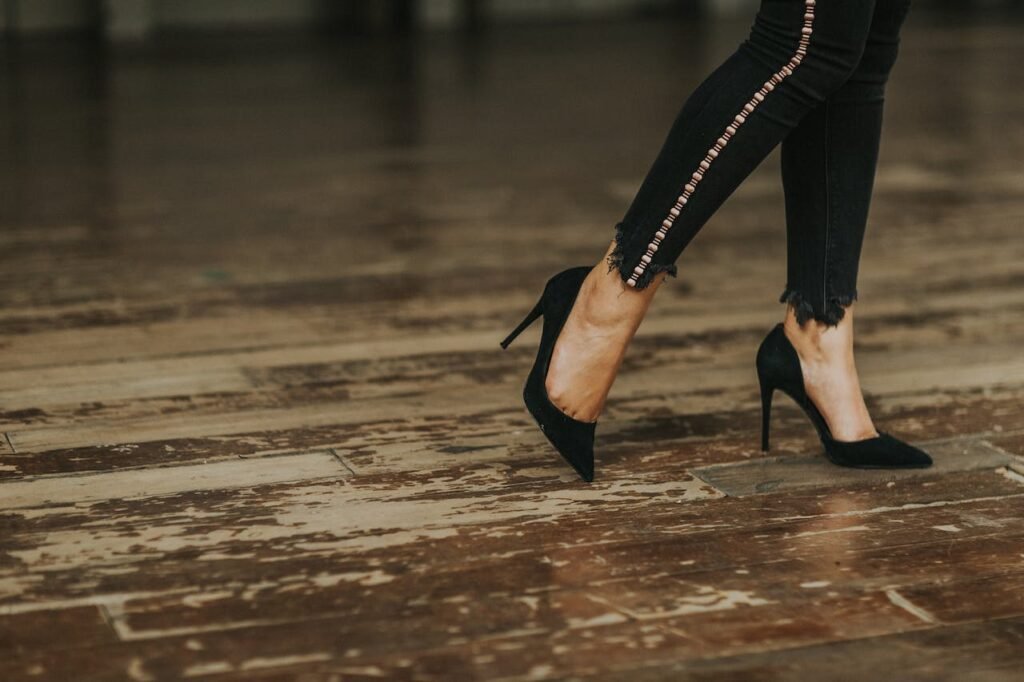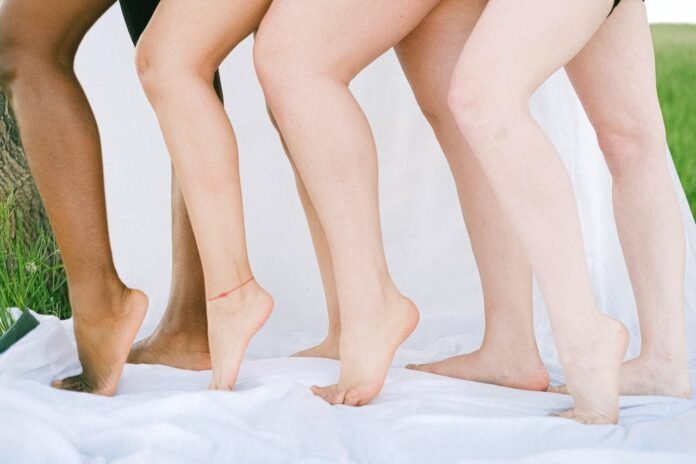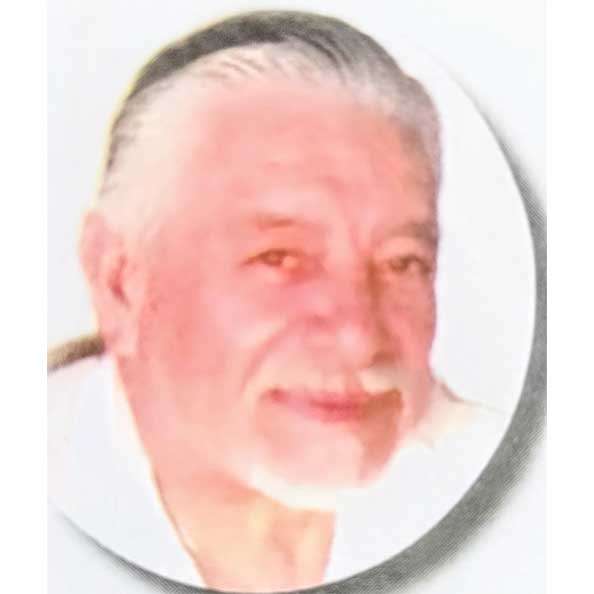Bulging leg veins are ugly and can be made to disappear, along with the pain, naturally.
Varicose veins occur when leg veins become enlarged, dilated, and overfilled with blood. They typically appear swollen and raised with a bluish-purple or red color and are often painful. The condition is widespread – especially in women – usually on the lower legs.
Varicose veins occur when veins aren’t functioning properly. Veins have one-way valves that prevent blood from flowing backwards. When these valves fail, blood collects in the veins rather than continuing toward the heart. The veins then enlarge.
The leg veins are the farthest from our heart, and gravity makes it harder for the blood to flow upward.
Potential causes for varicose veins include pregnancy, menopause, age over 40, standing for long periods, and obesity.
Symptoms of Varicose Veins
Obvious, misshapen veins on legs, pain, swelling, heaviness, and achiness over or around the enlarged veins. In severe cases, ulcers can form.
Diagnosing and Treatment of Varicose Veins
Varicose veins typically worsen over time – therefore, we need to make the necessary lifestyle changes to control them and manage pain. I said we need to because I also suffer from this ugly and painful problem.
Cases exist where varicose veins can lead to ulcers or sores on our legs, blood clots, or chronic inflammation. If you have a severe case, veins could rupture.
When developing any of these symptoms, doctors often suggest taking an aggressive approach, such as surgery or other interventions.
Ultrasound is an examination to check blood flow. This is a noninvasive test that uses high frequency sound waves to see how blood is flowing in your veins.
A venogram may be done to assess leg veins by injecting a special dye into the legs and taking X-rays of the area. These tests help ensure that another disorder, like a blood clot or blockage, isn’t causing the leg pain and swelling.

When varicose veins cause pain or damage, doctors may use invasive procedures such as vein ligation and stripping, both surgical treatments that require anesthesia.
During the procedure, surgeons make incisions in your skin, cut the varicose veins, and remove them through the incisions.
Sclerotherapy uses a liquid or foam chemical injection to block off a larger vein.
Microsclerotherapy uses a liquid chemical injection to block off smaller veins.
Laser surgery uses light energy to block off a vein.
Endovenous ablation therapy uses heat and radiofrequency waves to block off a vein.
Endoscopic vein surgery uses a lighted scope inserted through a small incision to block off a vein.
Lifestyle and dietary changes. The following changes may help prevent varicose veins from forming or becoming worse:
- Avoid standing for extended periods
- Lose and maintain a healthy weight
- Exercise to improve your circulation
- Wear compression stockings
Overweight people are more likely to experience varicose veins. Shedding excess pounds reduces the pressure on the veins and alleviates swelling and discomfort.
Knee-high compression stockings reduce the pain and aching associated with varicose veins.
Sodium-rich foods cause the body to retain water; foods that reduce water retention are high in potassium, including almonds, pistachio nuts, lentils, white beans, potatoes, leafy vegetables, fish, including salmon and tuna.
Eat more flavonoids to shrink varicose veins. Flavonoids improve blood circulation and keep it flowing, making it less likely to pool in the veins. It also helps reduce blood pressure in the arteries and relax blood vessels. Foods that contain flavonoids include onions, bell peppers, spinach, broccoli, citrus fruits, grapes, cherries, apples, blueberries, cacao, and garlic.
Blood circulation improves by wearing loose-fitting clothes that do not restrict the blood supply to the lower body.
Wearing flat shoes instead of high heels also helps with varicose veins.

Keeping the legs elevated, ideally at the same height as the heart or above, will help improve circulation. This reduces the leg vein pressure, and gravity will help the blood flow smoothly back to the heart.
Massage. Gently massaging the legs in an upward mode with an oil infused with herbs can help keep the blood moving through the veins.
Keep moving. Avoid sitting for long periods, and aim to get up and move around or change positions frequently to keep the blood flowing.
Herbal Natural Remedies
Grape seed and extract and Red Grape leaf extract effectively relieve symptoms of circulatory disorders, including venous insufficiency, peripheral vascular disease, and varicose veins.
Bilberry (Vaccinium myrtillus). They are used medicinally for varicose vein conditions. Bilberry contains antioxidant plant pigments called anthocyanosides, which are believed to be responsible for their health benefits.
Centella asiatica (Trisanthus cochinchinensis Lour) has been used for millennia to improve chronic venous insufficiency (CVI). Centella asiatica significantly improves microcirculatory parameters and showed significant improvement in leg heaviness, pain and edema.
Horse chestnut extract (Aesculus hippocastanum L.) helps reduce leg heaviness and itching in people with chronic venous insufficiency, a major cause of varicose veins.
Chamomile (Matricaria chamomilla) can be an effective treatment for varicose veins. Chamomile has been clinically proven to help strengthen venous walls, reduce varicose veins visibility, and reduce inflammation.
Ginkgo biloba (Ginkgoacea) improves microcirculation.
Microcirculation is vital; if it’s in poor shape, we are more likely to suffer from cold hands and feet. Ginkgo biloba increases blood flow through the capillaries. Research showed decisively how unused small capillaries open up, increasing the efficiency of the circulatory system.
If you have any comments or questions, contact Ricardo by email at mexicasupplement@gmail.com, or you can find him at his weekend market on the Cuale Island downtown on Fridays and Saturdays from 10 am to 3 pm.


